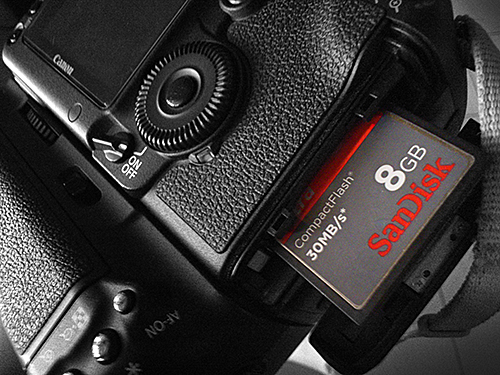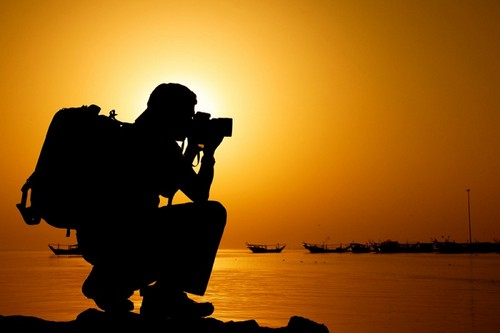
Besides the camera, a memory card is one of the vital component in photographing. That’s why it’s important to be careful in your handling of your memory card to ensure the safety of your data and memory card chip. The following are a few tips to care for and keep your memory cards healthy and long-lasting.
1.Use a card reader.
When transferring photos from a memory card to the computer, many would resort to directly plugging the camera into the computer. This is quite inefficient and can drain your camera battery. Or worse, it could lead to a surge if your usb port is problematic.
It’s recommended that you use a card reader to transfer your photos to the computer. There are 2 advantages to this. One, you’ll have a quicker data transfer. And two, you avoid any mishaps because your camera won’t be part of the file-transfer equation.
Keep in mind also, I highly recommend you use a quality card reader to avoid any problems to your memory cards. Chucking out a few extra bucks for a quality card reader may save you money in the long run from having to buy a new memory card.
2.Safely remove your memory cards.
After uploading the photos to your computer from your memory card, be sure to follow the safety process before unplugging your card. For Windows user, use the “safely remove hardware” option. And for the Mac OS users, be sure to press the “eject” button before unplugging.
3.Pay attention to the indicator light.
Pay attention to the indicator light in your camera body, especially after using the burst or continuous shooting mode. When taking multiple shots, the camera needs time to input the data onto the memory card.
Don’t turn off your camera when it’s in the middle of buffering an image because this may result in data loss. This also applies when transferring photos via a card reader. Don’t shut down the computer or unplug your memory card when the indicator light in the reader is on.
4.Don’t panic if your memory card comes into contact with water.
Memory cards are more durable than you think. Like the story of the camera that fell into a river, only to be found 3 years later with the memory card still readable. Essentially, memory cards don’t have a power source so even though it’s been submerged in water, it won’t be a problem as long as you don’t plug it into a camera or a computer when it’s still wet.
Let it dry before you continue using it. A fast solution would be to bury it in a bag or rice (because rice absorbs moisture).
5.Don’t be tempted by cheap prices.
The prices of memory cards are very diverse. There are those that are dirt cheap, and those with prices that you think would be ridiculous. My suggestion, don’t be tempted by the cheaper prices because generally, memory cards with a large capacity but comes with a unbelievably cheap price will turn out to be problematic. It may come in the form of low data transfer rate or reoccurring errors. Don’t hesitate in spending extra cash on a high-quality memory card. You’ll get what you paid for. Memory cards plays too important of a role in your photography, so it’s not a good idea to skimp on the hardware.
6.Format your memory cards.
Format your memory cards periodically. Of course, do this AFTER your transfer your photos to your computer. It’s best to format the memory card via your camera instead of from your computer. Formatting a memory card is also recommended when using said memory card with a different camera.
7.Use helper softwares.
Ever accidentally delete a file? No worries, there are plenty of helper softwares out there that’ll help you restore your deleted photos. Some memory card products also have a recovery software bundled with your purchase.
















